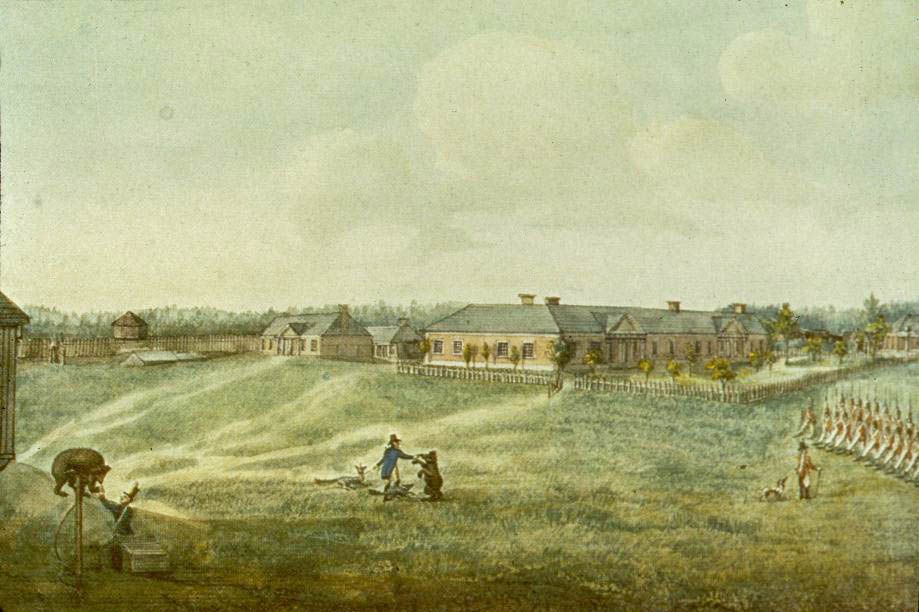This year marks the 210th anniversary of the Battle of Fort George. This is the first in a three-part series about the battle and how, for a time, what is now Niagara-on-the-Lake was controlled by the Americans.
Amanda Gamble
Friends of Fort George
Between 1796 and 1802, Fort George was constructed on the western shores of the Niagara River to counter the imposing Fort Niagara just across the water.
Fort Niagara had been turned over to the newly formed republic of the United States during peace negotiations at the end of the Revolutionary War.
Although Fort George was built as a field fortification, whose main purpose was to protect the British trade route along the Niagara River, it played a major role throughout the War of 1812.
It became the headquarters for the centre division of the British Army in Upper Canada (Ontario) and housed a large contingent of British regulars within its walls.
On June 18, 1812, U.S. President James Madison declared war on Great Britain.
The Americans planned a three-pronged attack against Upper Canada: the first would be along the Detroit frontier, the second would be along the Niagara frontier and the third attack would be at Montreal.
However, the Americans found Upper Canada better defended than anticipated and their attempt to capture the Detroit frontier failed in August 1812.
In October 1812, the Americans tried to cross again, this time along the shores of the Niagara River at Queenston, but were repelled by the British and their allies.
Over the winter of 1812, the Americans prepared a new plan of attack, which included targeting Kingston, York (the provincial capital) and Niagara.
On April 27, 1813, the Americans launched an amphibious attack on York (Toronto), known as the Battle of York. The Americans were successful in landing and capturing the town, but as the British retreated they blew up the powder magazine at Fort York.
The explosion was so powerful that it rattled the windows at Fort Niagara and a massive mushroom cloud was clearly visible from Niagara.
Within two days, news had spread to the British at Fort George that Fort York was now in American hands.
The British knew that an attack on the Niagara Frontier was imminent, but they didn’t know where the assault would take place, or when.
Additionally, there was a big problem for the British stationed along the Niagara Frontier: many of their cannons had been relocated in the fall of 1812 and a new supply was on its from England.
Unfortunately, those new cannons were still at Fort York when the Americans invaded.
Under these circumstances, the best British Gen. John Vincent could do was spread out his men along the Niagara Frontier and establish small batteries that could monitor the opposite shores for any movement.
And so the British and their allies waited in anticipation … but they wouldn’t have to wait long before the Americans made their move.
Next: The American bombardment of Fort George and the ensuing battle.
*The Friends of Fort George is a non-profit, charitable organization that works with Parks Canada for the protection, preservation, and interpretation of Niagara’s national historic sites. Special events commemorating the 210th anniversary of the Battle of Fort George will include a special re-enactment weekend on July 15 and 16.










